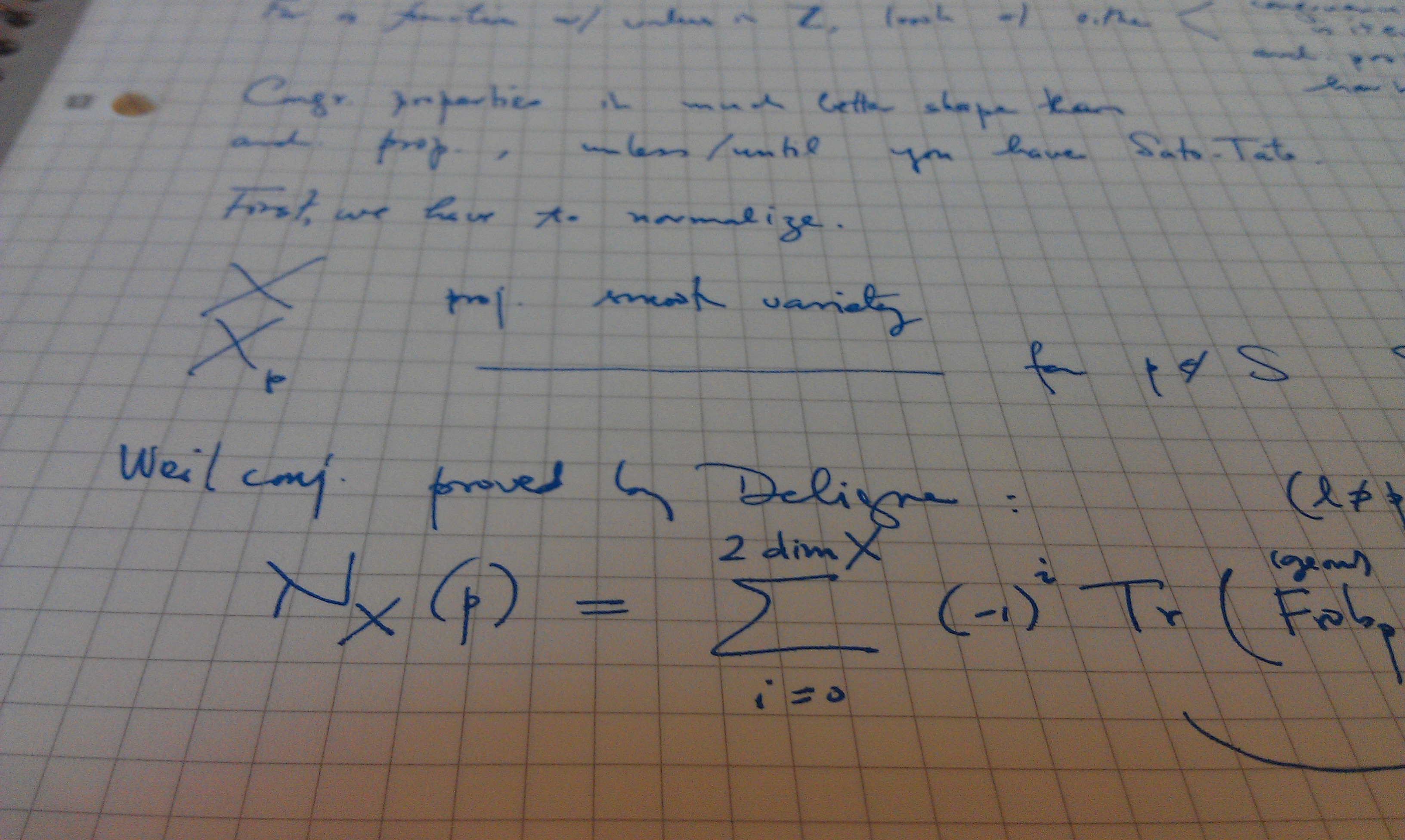Bubble interactions for the Mullins-Sekerka problem: Some case examples
Publication Date
2009
Journal or Book Title
MATHEMATICS AND COMPUTERS IN SIMULATION
Abstract
The Mullins–Sekerka free boundary problem originates from the study of solidification and liquidation of materials where material is transported by diffusion. In the present paper we explore dynamics of bubbles for the Mullins–Sekerka problem. Using a set of ordinary differential equations for the radii and the centers, we numerically simulate the relevant interactions in both “two-dimensional” and “three-dimensional” settings. Our results illustrate how larger bubbles grow at the expense of smaller ones and highlight the role of additional factors such as the initial inter-bubble distance or weak asymmetries in the bubble position in the ensuing dynamics. One novel feature in comparison with earlier works is the possibility to continue for the three-dimensional case the simulation past the points where one of the bubbles disappears.
Pages
707-720
Volume
80
Issue
4
Recommended Citation
Karali, GD and Kevrekidis, PG, "Bubble interactions for the Mullins-Sekerka problem: Some case examples" (2009). MATHEMATICS AND COMPUTERS IN SIMULATION. 35.
Retrieved from https://scholarworks.umass.edu/math_faculty_pubs/35

Comments
The published version is located at http://www.sciencedirect.com/science?_ob=ArticleURL&_udi=B6V0T-4X4RWPY-J&_user=1516330&_coverDate=12%2F31%2F2009&_rdoc=1&_fmt=high&_orig=search&_origin=search&_sort=d&_docanchor=&view=c&_searchStrId=1579308762&_rerunOrigin=google&_acct=C000053443&_version=1&_urlVersion=0&_userid=1516330&md5=a2f091fd2c021a106b12a92792e4dc06&searchtype=a